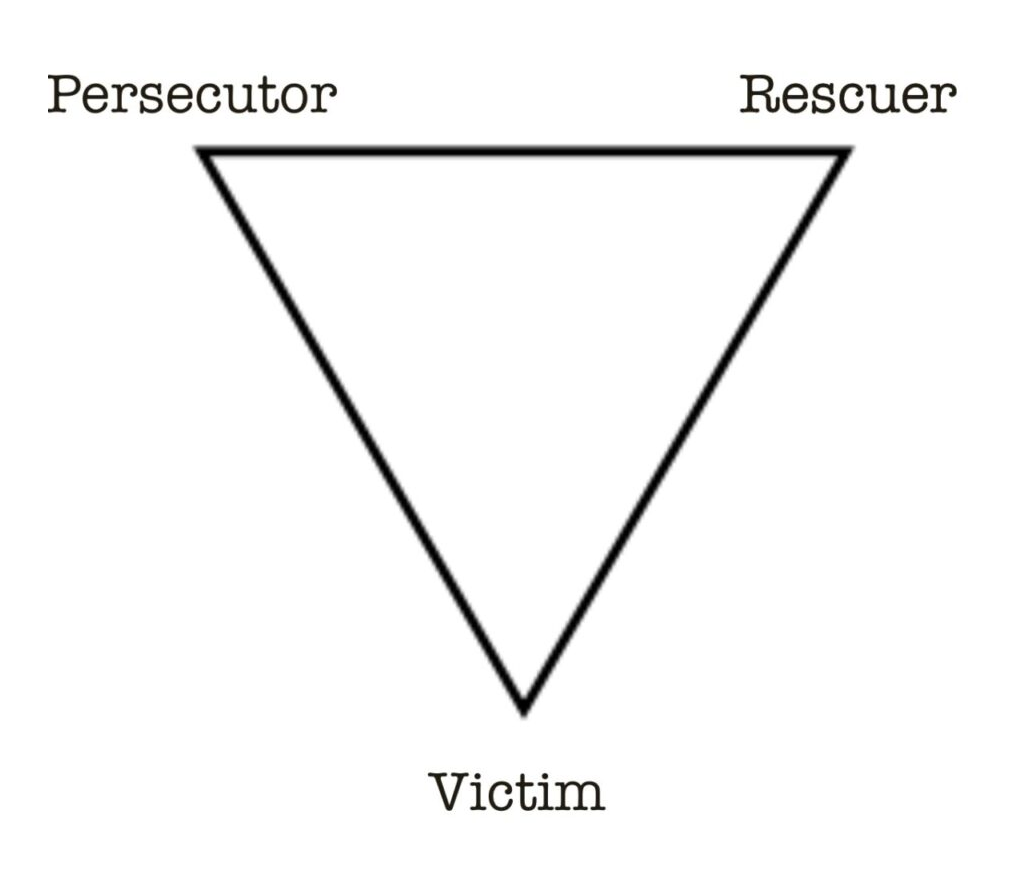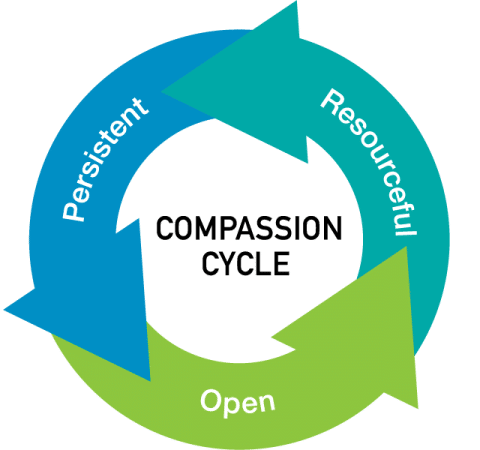Resolving conflicts without drama
Table of contents
- Сredits to Nate Regier’s book, “Conflict Without Casualties.“
- Drama
- Drama triangle: persecutor, victim and rescuer
- Solving the conflict constructively
Сredits to Nate Regier’s book, “Conflict Without Casualties.“
Everything we teach in this lesson we learned from a book called “Conflict Without Casualties” by Nate Regier. It is a very interesting book that explains how to benefit from conflicts, control your emotions, and avoid drama. The ideas in the book helped us manage some difficult situations in our communities. If you like this lesson, we strongly recommend you buy and read the whole book, it’s worth the effort
Drama
Minor disagreements between a few users, if not handled correctly, can easily turn into an intense emotional conflict between almost all active users of a community. If one gets to this situation then we can say that they have a drama in their community.
Drama comes from an incorrect use of the energy that a conflict generates, when users consciously or unconsciously start fighting against themselves or others to justify their destructive behavior.
Any drama has two primary forces. It is either self-justification or one of four following myths:
- You can make me feel good.
- You can make me feel bad.
- I can make you feel good.
- I can make you feel bad.
It is important to understand that the above myths are not real. While people can affect how others can potentially feel about a situation, the others have a choice to make those feelings a reality or simply pass by.
Drama triangle: persecutor, victim and rescuer
Dr. Stephen Karpman developed an idea that drama is a collective activity that is based on three defined behavior roles: persecutor, victim and rescuer. These roles form the drama triangle. Each role complements the others: victim needs persecutor or rescuer, without persecutor and their victim there is no one for the rescuer to save. When we think of what to do or to say in a particular situation, we choose from behavioral patterns that we experienced in the past. Thus, sometimes when we try to help other users, we unconsciously take the missing role and become part of the issue instead of being a solution. Please note that the role we take is almost fully determined by the others’ behaviors.

Persecutor
When a user criticizes, accuses or insults others, they probably play the role of a persecutor. Persecutors do this because they believe that everything is fine with them and all the problems are with others. They use the “I can make you feel bad” myth to justify their behavior. They are convinced that they are allowed to do everything they want as soon as the goal is achieved. Users who play the persecutor role never take responsibility for their actions and blame others if something goes wrong.
Victim
Whatever happens, users who play the victim role somehow think about themselves as the root of all problems. These users avoid all conflict situations by agreeing, making concessions, and agreeing with any accusations. Victims look like they are suppressed or offended most of the time. They are constantly looking for sympathy from others. This behavior triggers persecutors’ anger and reinforces victims’ belief that “someone can make them feel bad.”
Rescuer
Users who are intruding into others’ affairs with no reason, giving unsolicited advice, suggesting right decisions and the like, usually play the rescuer role. The over self-confidence and honest belief that “they can make others feel good” are the primary driving forces for the justification of their behavior. By trying to be helpful, rescuers aim to build positive relationships with fellow users. The problem is that they fear to be not needed, as a result they rarely want others to grow personally.
Allies and opponents in drama
Drama is a play where users with different roles seek to confirm their myths so they can move all the responsibility for their destructive behavior to someone else. To make the drama happen, users who play some role look for opportunities to create allies or find opponents.
- Allies in the drama are users who prefer the same destructive behavior.
- Opponents in drama are users who prefer one of the complementary destructive behaviors.
Solving the conflict constructively
Strive for сompassionate responsibility
Compassion is the ability to understand and accept others’ feelings. Compassion combines caring for others, being empathic and open to different views and values.
One has responsibility when they are given the right to do what they say and deliver what they promised. A responsible user fully recognises the consequences of all their actions and behavior, both good and bad.
Responsibility with no compassion leads to rudeness. Compassion with no responsibility leads to no actions.
Openness, Resourcefulness and Persistence
Openness
Openness is when we approach both our own and others’ emotions with an open and non-judgmental attitude, regardless of our personal views on those emotions. Openness reflects a willingness to comprehend and take into account the feelings of all individuals involved, including ourselves.
Empathy, validation and self-disclosure are the foundation for openness.
- Empathy is the ability to put ourselves in the shoes of others and understand how they feel.
- Validation is our consent to the legitimacy of others’ feelings. When we validate someone’s feelings, we do not justify them in any way, but rather acknowledge that we believe in the sincerity of the emotions and recognize their significance to us.
- Self-disclosure involves candidly expressing our emotions regarding a particular situation. We do this in order to foster trust and establish a shared understanding. Note that it’s important to convey our emotions (e.g., “I feel furious”), but one should refrain from sharing personal opinions about other users (e.g., “this user is mean”).
Resourcefulness
The idea of resourcefulness is to assess the situation in the light of the information at hand and find a good strategy with certain steps that will allow you to resolve the conflict.
Persistence
Persistence is about delivering everything you have promised and asking others for the same with humility and respect, not infringing on their dignity.
The compassion cycle
The compassion cycle aims to create a trusting environment where we can understand the true motives of all the users involved, then all together find a good strategy that consists of particular steps, convey personal responsibility for a resolution of the conflict to each user and finally, again together, work to resolve the problem.

At every step of the compassion cycle, we need to achieve a certain objective, set a foundation for the next step and then actually move. The moment we stop moving or turn into the opposite direction, we risk falling into drama. Here is the cycle.
- Start with openness. The cycle starts with openness all the time. Openness helps us build close connections with others. It creates trust that is needed for users to start sharing their feelings and thoughts about the problem. At this step we listen to others, validate their emotions, express our empathy and share what we think about the problem. This step makes users think clearly.
- Move on to resourcefulness. Openness creates the foundation for exploring creative solutions to the problem. On this step everyone needs to share with others what actions they would like to take to resolve the conflict. It is important to note that one needs to limit themselves to the plan of their own actions and needs and avoid giving advice on what other users should do.
- Move on from resourcefulness to persistence. Make users responsible for their commitments. Set it clear but without ultimatums that everyone involved need to deliver what they have promised.
- Then move on back to openness. Pause to listen to yourself and others, assess emotions and underlying motivations. Are you all still in alignment with yourself and others?